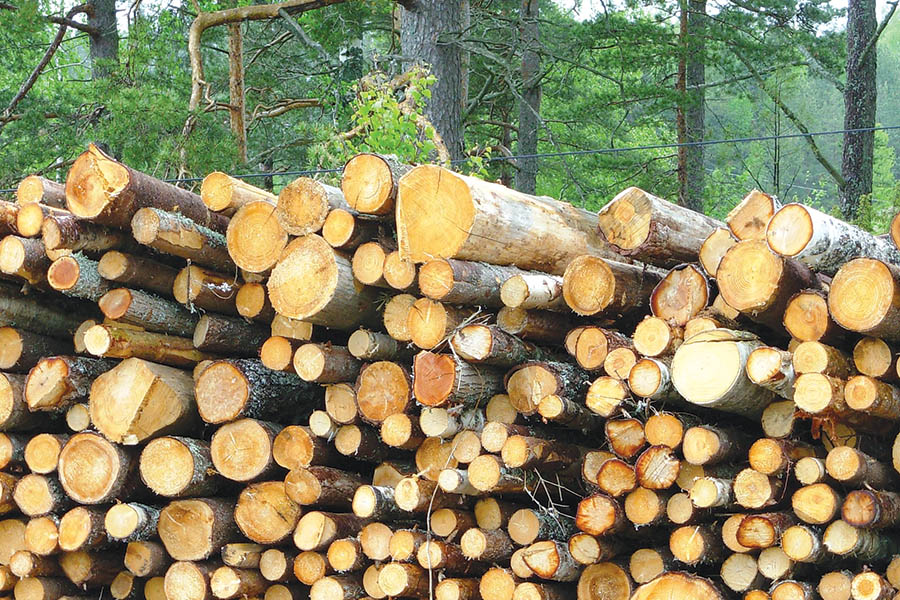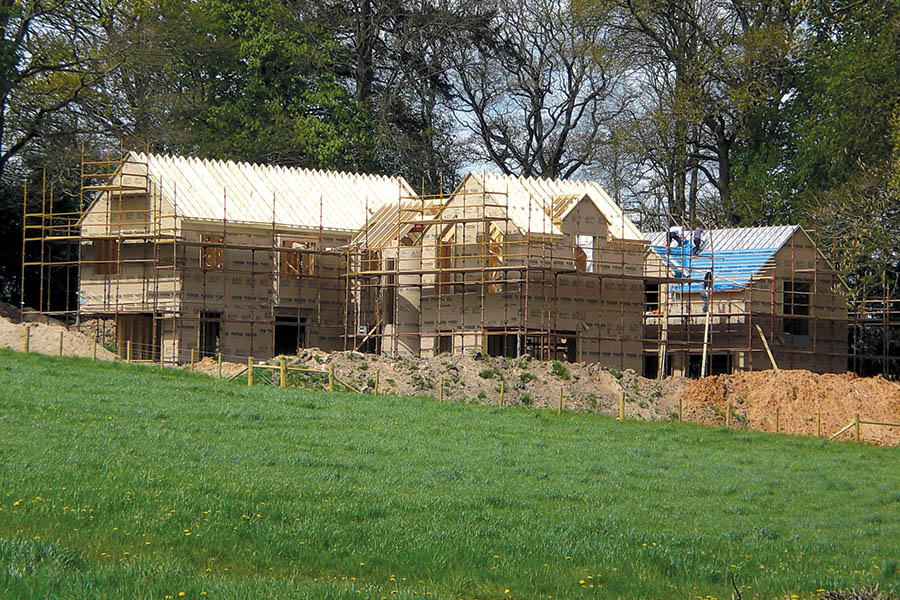The most versatile of building materials, timber is eco friendly (if responsibly sourced) and usually a pleasure to work with. Here’s the story behind nature’s gift, starting with the tiny seed…
Timber has a high strength to weight ratio – pine and spruce are 16 times lighter than steel, five to six times lighter than concrete – and has a thermal conductivity 12 times better (lower) than concrete, 400 times better than steel. It is non toxic and is a product that is both recyclable and sustainable. Being natural also means no two pieces are exactly alike in colour, grain pattern, lustre and texture and each species has its own aroma.
Forestry
When there was less demand for timber products, trees were left to mature to a ripe old age before they were felled. Nowadays, they’re grown like a crop, which means they tend to be of a quick growing variety and harvested young. As a result, prized hardwood varieties which take a long time to grow have been victim to unscrupulous practices, especially in sensitive areas such as the Amazon.

Provenance is therefore extremely important – as a consumer you must take responsibility for checking where the tree was grown and, for quality reasons, how. Younger trees tend to dry out or shrink to a far greater extent than mature trees, although appropriate treatment can circumvent this (see below section on drying). In terms of species, in general softwoods are less resilient than hardwoods, which take longer to grow (see Identifying Timber article and boxout).
To make sure you purchase from sustainably managed forests check for accreditation. The FSC or Forest Stewardship Council is an independent certification system that follows the wood from tree to end use. All partners in the supply chain have to be certified to maintain the chain of custody right through to the consumer. An alternative scheme within the EU is the PEFC –Programme for the Endorsement of Forest Certification schemes.
[adrotate banner="58"]Interestingly, 80% of Canadian forests are still owned by the UK Crown Estate and so subject to very stringent forestry management controls. As in many areas of life or economic activity, forests in North America and Europe tend to be subject to stricter controls and consumer standards than in other parts of the world.
In Ireland the vast majority of the roundwood production is certified to FSC (very little PEFC although the proportion is growing in ROI) standards. Roundwood is how timber is referred to after it’s been felled and before it’s been processed in the sawmill. The majority is supplied by Coillte, then by the Northern Ireland Forest Service and finally, by private individuals. Grants are available for people (targeted at farmers) to commercially grow trees in both NI and ROI.

In forestry, trees are grown not from seeds but bought as saplings from nurseries; this ensures quality and allows for a controlled planting scheme. Many of the soil types in Ireland are suited to broadleaf and conifer trees.
Timber is harvested in Ireland from thinning and clearfelling operations. Thinning removes a portion of inferior trees, increases the quality and size of those remaining and may be carried out three to four times in conifer plantations. Clearfelling happens at the end of the rotation, usually between age 33 and 45 in Sitka spruce forests (spruce accounts for approximately 70% of all trees planted in Ireland).
Harvesting operations include the felling of selected trees, removal of branches, cross-cutting the trunk into logs of specific sizes and leaving these logs along extraction tracks in the forest. Nowadays the majority of timber harvesting is done using specialised harvesting heads, either fitted to standard excavators or on purpose-built ‘harvesters’.
In broad terms, there are three main categories of logs in Ireland:
Small Sawlog (min. small end diameter of 14cm; 2.5 to 3.7m in length) is used to produce pallets, other packaging, and fencing products.
Large Sawlog (min. small end diameter of 20cm, 4.3 to 6.9m in length) is cut from the lower section of the trunk and is used to produce timber for the construction industry. In general, first and second thinnings would not contain timber large enough to fall into this category.
Pulpwood logs are those that are either too small or large enough but not of sufficient quality to qualify as sawlog.

